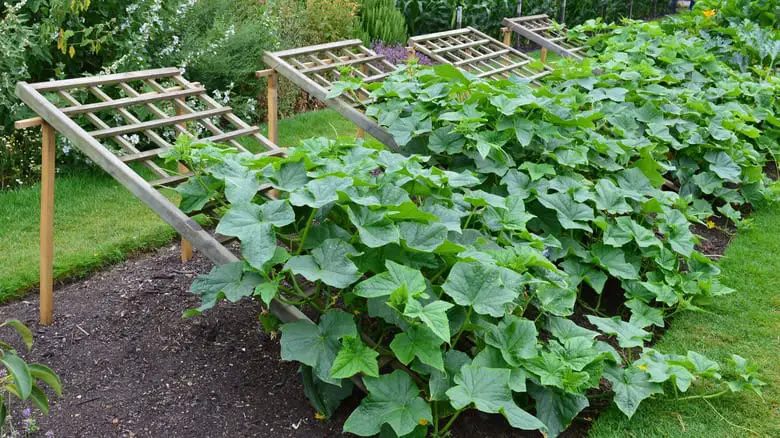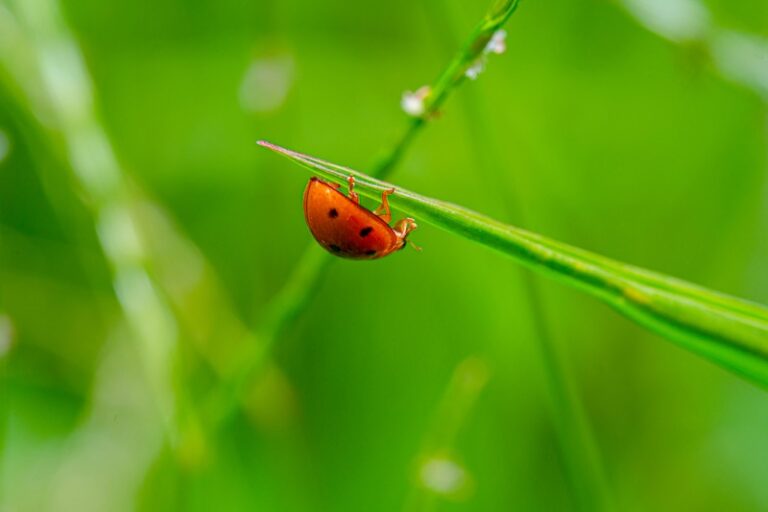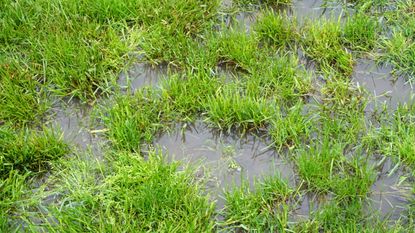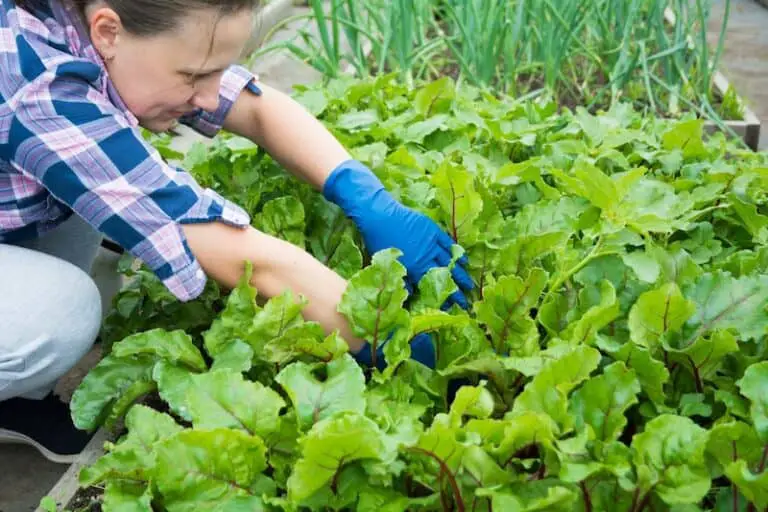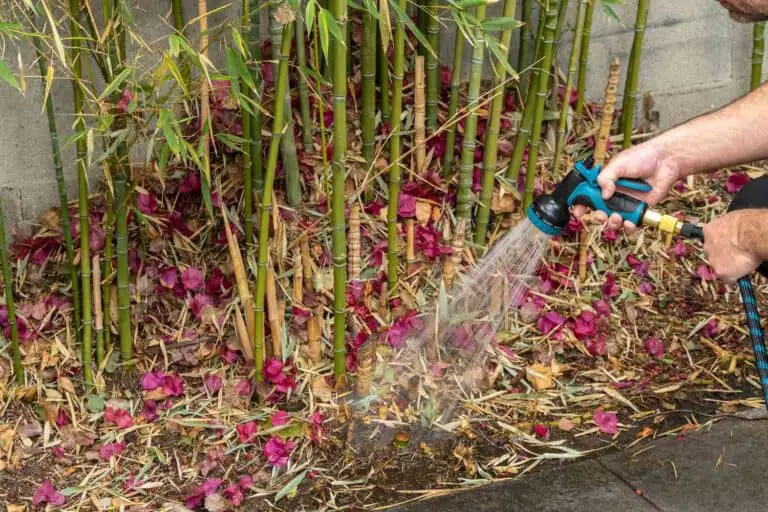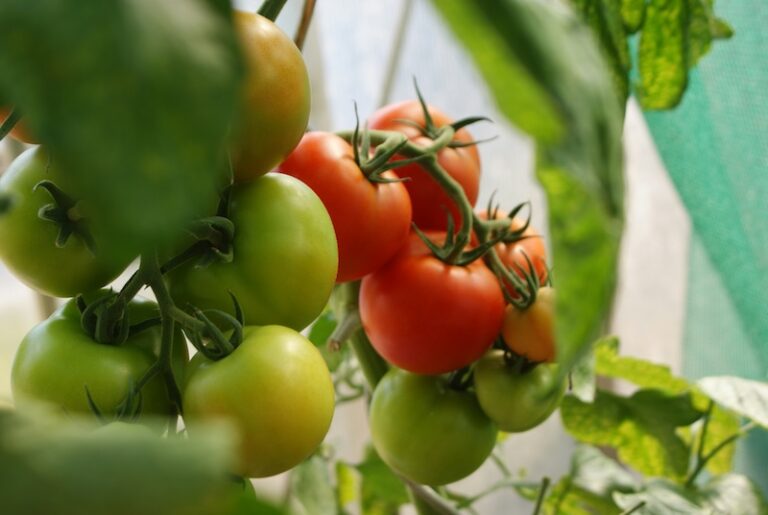Mistakes To Avoid When You Grow Cucumbers On A Trellis: Expert Tips
Avoid overcrowding plants and ensure proper support for your cucumber vines. Neglecting these can hinder growth and yield.
Growing cucumbers on a trellis is a smart gardening technique. It saves space and promotes healthier plants. Trellises allow for better air circulation, reducing the risk of disease. They also make harvesting easier and more efficient. However, success requires careful planning and execution.
Providing adequate support and spacing are crucial. Properly securing vines prevents damage and ensures optimal growth. Avoid common mistakes to enjoy a bountiful cucumber harvest. By following best practices, you can maximize your garden’s productivity.

Credit: northportcommunityfinance.com
Choosing The Right Trellis
Growing cucumbers on a trellis can save space and improve air circulation. But, choosing the right trellis is crucial for healthy plants and a bountiful harvest. Let’s explore the key factors to consider.
Materials To Consider
Choosing the correct materials for your trellis is very important. There are several options, each with its pros and cons.
| Material | Pros | Cons |
|---|---|---|
| Wood | Natural look, easy to find | Can rot, needs maintenance |
| Metal | Durable, long-lasting | Can rust, more expensive |
| Plastic | Lightweight, weather-resistant | Less sturdy, can break |
| String | Cheap, flexible | Not very durable |
Height And Stability
The height and stability of your trellis are crucial. Cucumbers need support to grow tall and stay upright.
- Height: Aim for a trellis at least 6 feet tall.
- Stability: Ensure the base is secure and won’t tip over.
- Anchoring: Use stakes or concrete to anchor the trellis.
A stable trellis will support heavy cucumber vines. This prevents damage from wind or the weight of the fruit.
Proper Plant Spacing
Growing cucumbers on a trellis offers many benefits. But, proper plant spacing is crucial for a healthy harvest. Correct spacing ensures each plant gets enough light, water, and nutrients. Here, we will discuss why proper spacing is important and common mistakes to avoid.
Benefits Of Correct Spacing
Proper spacing helps cucumbers grow strong and healthy. It allows air to circulate between plants. Good air circulation reduces the risk of diseases. It also ensures each plant gets enough sunlight. Sunlight is vital for photosynthesis and growth.
Correct spacing also makes it easier to water and fertilize. You can reach each plant without disturbing others. This reduces plant stress and damage. Finally, well-spaced plants produce more fruits. They have more room to grow and develop.
Common Spacing Mistakes
Many gardeners make spacing mistakes. One common mistake is planting too close together. This leads to overcrowding. Overcrowded plants compete for resources. They are more prone to diseases and pests.
Another mistake is inconsistent spacing. Some plants are too close, while others are too far apart. This leads to uneven growth and poor yields. Also, avoid planting in rows that are too narrow. Narrow rows make it hard to reach and care for plants.
| Correct Spacing | Common Mistakes |
|---|---|
| 12-18 inches between plants | Plants too close together |
| 3-4 feet between rows | Rows too narrow |
| Consistent spacing | Inconsistent spacing |
- Remember: Proper spacing is key to healthy cucumber plants.
- Follow spacing guidelines for better yields.
Soil Preparation
Preparing the soil correctly is vital for growing cucumbers on a trellis. Good soil ensures healthy growth and abundant fruit production. Mistakes in soil preparation can lead to poor plant health and low yield.
Ideal Soil Conditions
The best soil for cucumbers should be well-draining and rich in organic matter. Loamy soil is ideal because it holds moisture and nutrients well. Test your soil pH; cucumbers prefer a pH between 6.0 and 6.8.
- Loamy soil: Holds moisture and nutrients well.
- pH level: Between 6.0 and 6.8.
- Organic matter: Improves soil structure and fertility.
Use compost or well-rotted manure to enrich the soil. This adds nutrients and improves soil texture. Consistent moisture is crucial. Mulch helps retain soil moisture.
Avoiding Poor Soil
Poor soil can stunt cucumber growth. Avoid using soil with heavy clay or sand. These types drain poorly or too quickly. Heavy clay soil can cause waterlogging, leading to root rot.
- Heavy clay soil: Causes waterlogging and root rot.
- Sandy soil: Drains too quickly, leading to nutrient loss.
- Compacted soil: Restricts root growth and nutrient uptake.
To improve poor soil, mix in organic matter like compost. This improves drainage and nutrient availability. Ensure the soil is loose to allow cucumber roots to grow freely.
Here is a quick reference table for ideal vs. poor soil conditions:
| Ideal Soil | Poor Soil |
|---|---|
| Loamy, well-draining | Heavy clay |
| Rich in organic matter | Sandy |
| pH 6.0 – 6.8 | Compacted |
By ensuring proper soil preparation, your cucumber plants will thrive on the trellis, yielding a bountiful harvest.
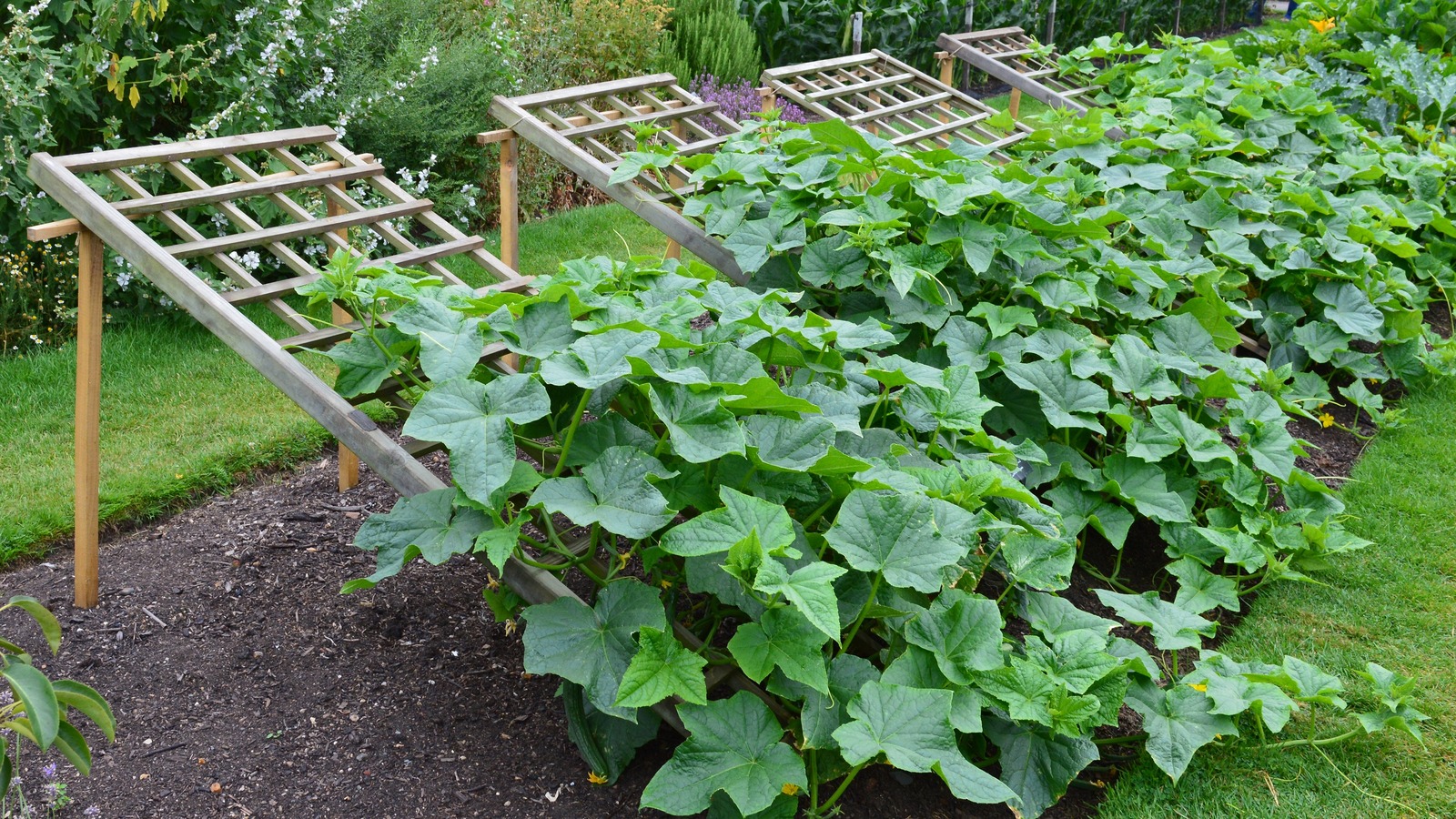
Credit: www.housedigest.com
Watering Techniques
Growing cucumbers on a trellis can save space and improve yield. Yet, watering techniques play a crucial role in their growth. Incorrect watering can lead to problems such as root rot or stunted growth. Below are some key watering techniques to ensure healthy cucumber plants.
Optimal Watering Schedule
Follow an optimal watering schedule for healthy cucumber plants. Cucumbers need consistent moisture, but not soggy soil. Water your plants early in the morning to minimize evaporation and disease risks.
Here is a simple table for an optimal watering schedule:
| Day | Watering Amount |
|---|---|
| Monday | 1 inch |
| Wednesday | 1 inch |
| Friday | 1 inch |
Water deeply to encourage strong root growth. Use a soaker hose or drip irrigation for consistent moisture.
Signs Of Overwatering
Overwatering can harm your cucumber plants. Watch for signs of overwatering:
- Yellowing leaves
- Wilting despite wet soil
- Fungal growth on the soil surface
- Root rot
If you notice these signs, reduce the watering frequency. Ensure your soil has good drainage. Avoid watering the leaves to prevent fungal diseases.
By following these watering techniques, you can grow healthy and productive cucumber plants on a trellis.
Fertilization Errors
Growing cucumbers on a trellis can be fun and rewarding. But, fertilization errors can cause problems. Let’s talk about common mistakes to avoid.
Choosing The Right Fertilizer
Choosing the right fertilizer is crucial. Cucumbers need the right nutrients to grow. Make sure to pick a balanced fertilizer. This means it has equal parts nitrogen, phosphorus, and potassium.
Look for a fertilizer labeled 10-10-10 or 5-5-5. These numbers show the nutrient ratio. A balanced ratio supports healthy growth. You can also use organic compost. It provides slow-release nutrients over time.
Avoiding Over-fertilization
Over-fertilization can harm your cucumber plants. Too much fertilizer can burn the roots. This stops the plants from taking up water and nutrients. Always follow the instructions on the fertilizer package.
It’s better to use less fertilizer than too much. Water your plants well after fertilizing. This helps spread the nutrients evenly in the soil. Check your plants regularly for signs of over-fertilization. Yellow leaves and stunted growth are warning signs.
Fertilization Schedule
| Stage | Type of Fertilizer | Frequency |
|---|---|---|
| Planting | Balanced Fertilizer | Once |
| Growing | Organic Compost | Every 4 weeks |
| Fruit Setting | Balanced Fertilizer | Every 2 weeks |
- Use balanced fertilizers for healthy plants.
- Avoid using too much fertilizer.
- Water plants well after fertilizing.
Following these tips will help you grow healthy cucumbers on your trellis. Happy gardening!

Credit: www.msn.com
Pest And Disease Management
Growing cucumbers on a trellis can be a rewarding experience. But, pests and diseases can harm your plants. Proper management is essential for a healthy crop. Let’s explore how to handle these challenges.
Common Pests And Diseases
Cucumbers attract various pests and diseases. Here are some common ones:
- Aphids: Small insects that suck plant sap.
- Cucumber Beetles: Strip leaves and spread bacteria.
- Powdery Mildew: A white fungus on leaves.
- Downy Mildew: Yellow spots on leaves.
- Bacterial Wilt: Causes plants to wilt.
Preventive Measures
Preventing pests and diseases is easier than treating them. Here are some steps:
- Inspect Regularly: Check your plants every day. Early detection helps.
- Use Organic Pesticides: Neem oil and insecticidal soap work well.
- Practice Crop Rotation: Rotate crops to avoid soil-borne diseases.
- Maintain Cleanliness: Remove debris and weeds near your plants.
- Proper Watering: Water at the base to avoid wet leaves.
Here’s a table for quick reference:
| Pest/Disease | Prevention |
|---|---|
| Aphids | Neem oil, insecticidal soap |
| Cucumber Beetles | Crop rotation, clean garden |
| Powdery Mildew | Avoid wet leaves, proper spacing |
| Downy Mildew | Water at base, remove infected leaves |
| Bacterial Wilt | Control beetles, remove infected plants |
By following these tips, you can manage pests and diseases effectively. Healthy cucumber plants yield better and tastier fruits.
Pruning Practices
Pruning is a critical practice when growing cucumbers on a trellis. Proper pruning can lead to healthier plants and higher yields. Knowing the right techniques and timing is essential to avoid common mistakes that can harm your cucumber plants.
When To Prune
Pruning cucumbers at the right time ensures the plant’s health. Start pruning when the plant is 1-2 feet tall. This usually happens a few weeks after planting.
- Prune the lower leaves to improve air circulation.
- Remove any yellow or diseased leaves promptly.
- Focus on pruning during the early morning hours.
Early morning pruning helps the plant recover faster. Avoid pruning during the hottest part of the day.
Common Pruning Mistakes
Avoid these common mistakes to keep your cucumber plants healthy:
- Over-pruning: Removing too many leaves can stress the plant.
- Under-pruning: Not pruning enough can lead to poor air circulation.
- Pruning too late: Late pruning can harm fruit development.
Always use clean, sharp tools to prevent the spread of diseases. Sterilize your pruning tools before and after use.
| Pruning Tips | Benefits |
|---|---|
| Prune lower leaves | Improves air circulation |
| Remove yellow leaves | Prevents disease spread |
| Prune in the morning | Faster recovery |
Following these pruning practices can lead to a more bountiful cucumber harvest. Ensure you avoid these common mistakes for healthier plants.
Harvesting Tips
Harvesting cucumbers from a trellis can be rewarding. To get the best results, it’s important to know the right time and method for picking them. Below are some key tips for harvesting cucumbers effectively.
Identifying Ripeness
Knowing when cucumbers are ripe is crucial. Here are some signs to look for:
- The cucumber should be bright green.
- It should feel firm to the touch.
- Check for a uniform size.
- Avoid yellow or overly large cucumbers; they may taste bitter.
Proper Harvesting Techniques
Using the right techniques helps keep the plant healthy. Follow these steps:
- Use a sharp knife or garden shears.
- Cut the cucumber stem about an inch above the fruit.
- Handle the cucumber gently to avoid bruising.
- Harvest cucumbers in the morning for best flavor.
By following these tips, you ensure a bountiful and tasty cucumber harvest!
Frequently Asked Questions
What Are Common Mistakes With Cucumber Trellises?
Poor trellis support, overcrowding, and inadequate sunlight are common mistakes. Ensure sturdy support and proper spacing for healthy growth.
How To Prevent Cucumber Plants From Toppling?
Use strong, durable materials for your trellis. Secure plants with ties or clips to prevent them from falling over.
Why Do Cucumber Leaves Turn Yellow?
Yellowing leaves often indicate overwatering, nutrient deficiencies, or pest issues. Adjust watering habits and check for pests regularly.
Conclusion
Avoiding common mistakes will ensure a bountiful cucumber harvest on a trellis. Proper care and attention are key. Follow these tips to enjoy healthy, productive plants. Happy gardening, and may your cucumbers thrive!

